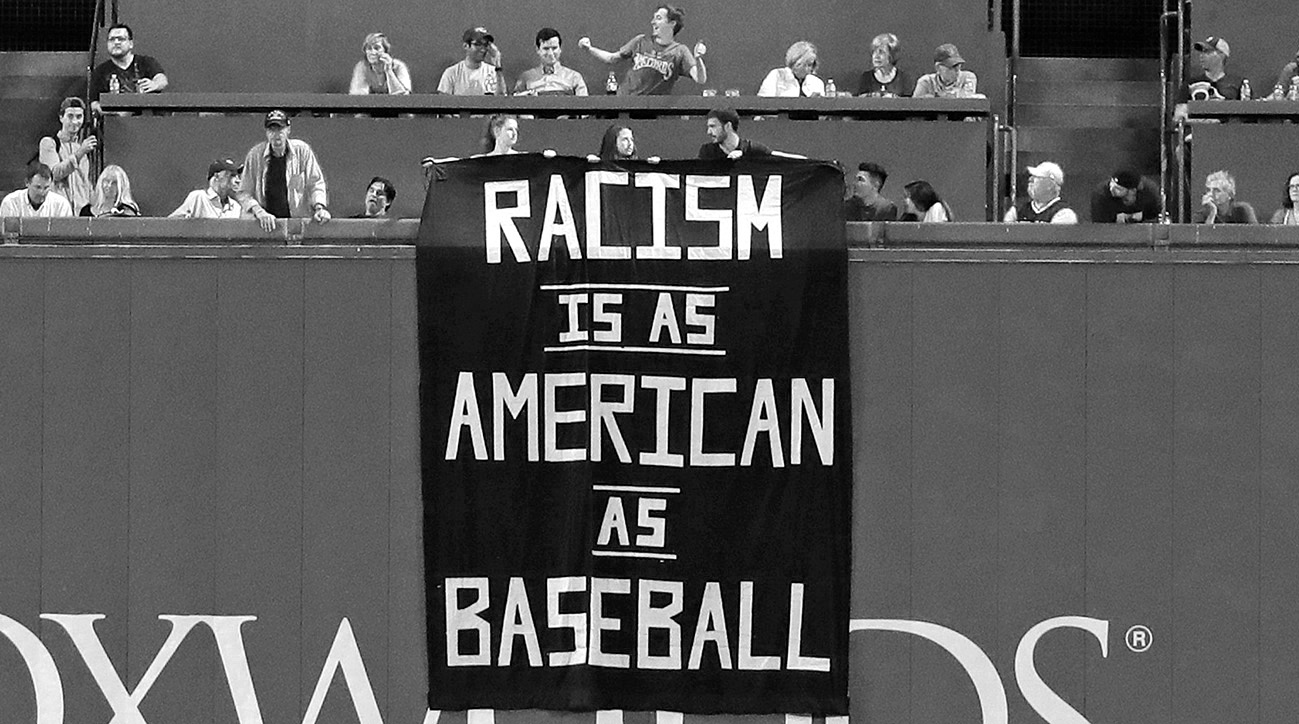MONICA HARWELL: A CIVIC ISSUE

How does discrimination work in work places: The case of Monica Harwell.
A Kaiser Family Foundation poll on race in America highlighted that 69% of blacks and 57% of Hispanics face racial and ethnic discrimination. The report also indicated that 26% of the blacks and 15% of Hispanics reported being treated unfairly at their workplace because of their race and ethnicity. One of the most important examples of discrimination based on race is that of Monica Harwell.
Monica Harwell
Monica Harwell is a former employer of Con Edison—the energy utility provider for New York. When she was hired by her former company, Monica thought that her dream of having a job outdoors was finally accomplished. She was the first black women on her team that consisted of only white males. However, Monica, in her interview with CNN claimed that her experience came at a price.
Monica, while describing her experience at Con Edison, narrated that people had bets on her for they believed that she would not be able to make it. She also reported being harassed by a colleague who continuously joked about an offensive racial remark, made on the radio, against the Rutgers women’s team. She also claimed that she was called “that bitch” or “the girl”.
The discrimination did not stop there. Monica stated that the insults turned into bigger issues and hindered her progress at work. For this reason, she filed for a harassment and discrimination lawsuit with the Equal Employment Opportunity Commission. However, proving discrimination in workplaces is very difficult as the discrimination that takes place is often covert and takes the form of implicit bias.
Understanding discrimination
Osi Mizad, a partner at Outten and Golden, the law firm representing Harwell, mentioned a few ways in which companies subtly discriminate based on race. Osi explained that when companies discriminate they justify it by stating that the employee was under qualified for the position. Such was the case with Monica.
Monica took on jobs that gave her the experience she needed. She achieved a series of degrees in night school, which entailed an associate degree, a bachelor’s degree, a master’s degree and a certificate in electrical engineering. However, in her interview with CNN, she claimed that no matter what she did it was never enough. Her defendant said, “In virtually every case of Con Ed rejecting her applications, the successful applicant was a Whiteman who was less qualified than Ms. Harwell by experience, education or both.”
Discrimination against people of color does not end here. In some situations, it is worse—minority applicants are denied a job even if they are qualified for it. This discrimination is widespread and research studies, conducted on white and black applicants, have supported such biases against people of color.






